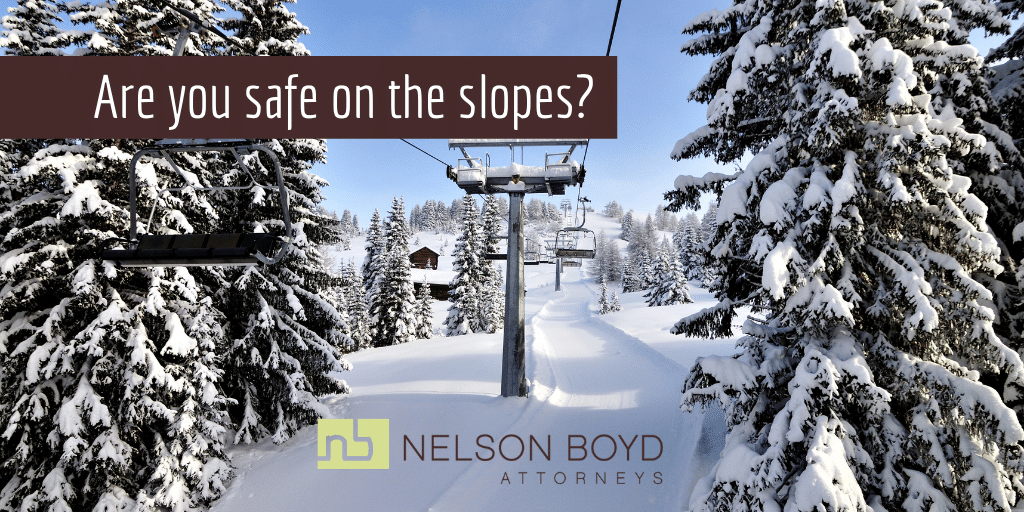
If you ski, you have seen the bumper sticker:
“A bad day on the slopes beats a good day in the office.”
Skiing makes me a little kid again, flying through the air (well, sort of) through the prettiest scenery on earth. But no one can deny that there is more to getting down the slope than the “flying” part. No one wants to end up in that sled being guided down the hill by the Ski Patrol – and no one wants to hurt anyone else, either.
In fact, safe skiing is more than a good idea, it is the law. Washington (and most other skiing states) has laws in place specifically geared toward safety on the slopes. Although there are details, the core values are:
“. . . all persons using the ski hill shall exercise reasonable care for their own safety.” and “Every person shall maintain control of his or her speed and course at all times. . .”
Also, did you know that leaving the scene of a ski accident without providing personal identification is a crime, just like leaving the scene of a car wreck? It is! If you are involved in a collision, or cause one even if you are not hit, stop, look after the injured, and call 911 or the ski report immediately.
Revised Code of Washington 79A.45.030,
“Standard of conduct–Prohibited acts—Responsibility” states:
(1) In addition to the specific requirements of this section, all skiers shall conduct themselves within the limits of their individual ability and shall not act in a manner that may contribute to the injury of themselves or any other person.
(2) No person shall:
(a) Embark or disembark upon a ski lift except at a designated area;
(b) Throw or expel any object from any tramway, ski lift, commercial skimobile, or other similar device while riding on the device;
(c) Act in any manner while riding on a rope tow, wire rope tow, j-bar, t-bar, ski lift, or similar device that may interfere with the proper or safe operation of the lift or tow;
(d) Willfully engage in any type of conduct which may injure any person, or place any object in the uphill ski track which may cause another to fall, while traveling uphill on a ski lift; or
(e) Cross the uphill track of a j-bar, t-bar, rope tow, wire rope tow, or other similar device except at designated locations.
(3) Every person shall maintain control of his or her speed and course at all times, and shall stay clear of any snow grooming equipment, any vehicle, any lift tower, and any other equipment on the mountain.
(4) A person shall be the sole judge of his or her ability to negotiate any trail, run, or uphill track and no action shall be maintained against any operator by reason of the condition of the track, trail, or run unless the condition results from the negligence of the operator.
(5) Any person who boards a rope tow, wire rope tow, j-bar, t-bar, ski lift, or other similar device shall be presumed to have sufficient abilities to use the device. No liability shall attach to any operator or attendant for failure to instruct the person on the use of the device, but a person shall follow any written or verbal instructions that are given regarding the use.
(6) Because of the inherent risks in the sport of skiing all persons using the ski hill shall exercise reasonable care for their own safety. However, the primary duty shall be on the person skiing downhill to avoid any collision with any person or object below him or her.
(7) Any person skiing outside the confines of trails open for skiing or runs open for skiing within the ski area boundary shall be responsible for any injuries or losses resulting from his or her action.
(8) Any person on foot or on any type of sliding device shall be responsible for any collision whether the collision is with another person or with an object.
(9) A person embarking on a lift or tow without authority shall be considered to be a trespasser.

